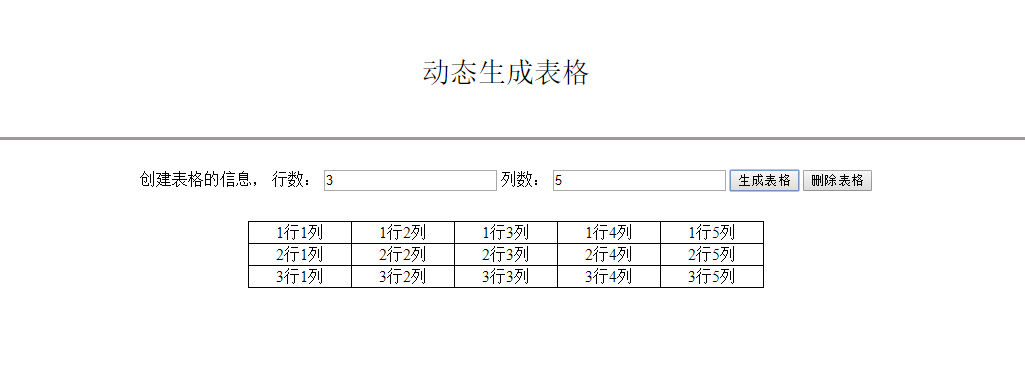I'm using (ngImgCrop) to crop an image and then upload the cropped image to server using (angular-file-upload).
I can get the $dataURI from the "on-change" option in ngImgCrop. But I need a File instace to call $upload.
How can I get the File instance of the cropped image in order to upload :
$scope.upload = $upload.upload({
url: '/api/fileupload',
file: [**file cropped here**]
}).progress(function (evt) {
//
}).success(function (data, status, headers, config) {
//
});
I guess you'll find a proper answer in this method. I found it in Github, in the angular-file-upload issues page (https://github.com/nervgh/angular-file-upload/issues/208):
/**
* Converts data uri to Blob. Necessary for uploading.
* @see
* http://stackoverflow.com/questions/4998908/convert-data-uri-to-file-then-append-to-formdata
* @param {String} dataURI
* @return {Blob}
*/
var dataURItoBlob = function(dataURI) {
var binary = atob(dataURI.split(',')[1]);
var mimeString = dataURI.split(',')[0].split(':')[1].split(';')[0];
var array = [];
for(var i = 0; i < binary.length; i++) {
array.push(binary.charCodeAt(i));
}
return new Blob([new Uint8Array(array)], {type: mimeString});
};
You should be able to get a file instance doing something like this:
var blob = dataURItoBlob($scope.croppedImage);
I don't know if it works in the good way, but it seems.
try something like:
var uploader = $scope.uploader = new FileUploader({
url: '/saveImagePath',
autoUpload: false
});
angular.element(document.querySelector('#fileInput')).on('change',handleFileSelect);
var handleFileSelect=function(evt) {
var file=evt.currentTarget.files[0];
var reader = new FileReader();
reader.onload = function (evt) {
$scope.$apply(function($scope){
$scope.myImage=evt.target.result;
});
};
reader.readAsDataURL(file);
};
the uploader doesn't support base64 images so you'll need to convert the cropped image from base64 to blob
function base64ToBlob(base64Data, contentType) {
contentType = contentType || '';
var sliceSize = 1024;
var byteCharacters = atob(base64Data);
var bytesLength = byteCharacters.length;
var slicesCount = Math.ceil(bytesLength / sliceSize);
var byteArrays = new Array(slicesCount);
for (var sliceIndex = 0; sliceIndex < slicesCount; ++sliceIndex) {
var begin = sliceIndex * sliceSize;
var end = Math.min(begin + sliceSize, bytesLength);
var bytes = new Array(end - begin);
for (var offset = begin, i = 0 ; offset < end; ++i, ++offset) {
bytes[i] = byteCharacters[offset].charCodeAt(0);
}
byteArrays[sliceIndex] = new Uint8Array(bytes);
}
return new Blob(byteArrays, { type: contentType });
}
you have to manually attach the files to the queue like this:
$scope.submit = function () {
var file = base64ToBlob($scope.currentPortfolio.croppedImage.replace('data:image/png;base64,',''), 'image/jpeg');
uploader.addToQueue(file);
uploader.uploadAll();
};
in the server side, you got two types of files one posted as HTML file and another un base64 which is the cropped image.




